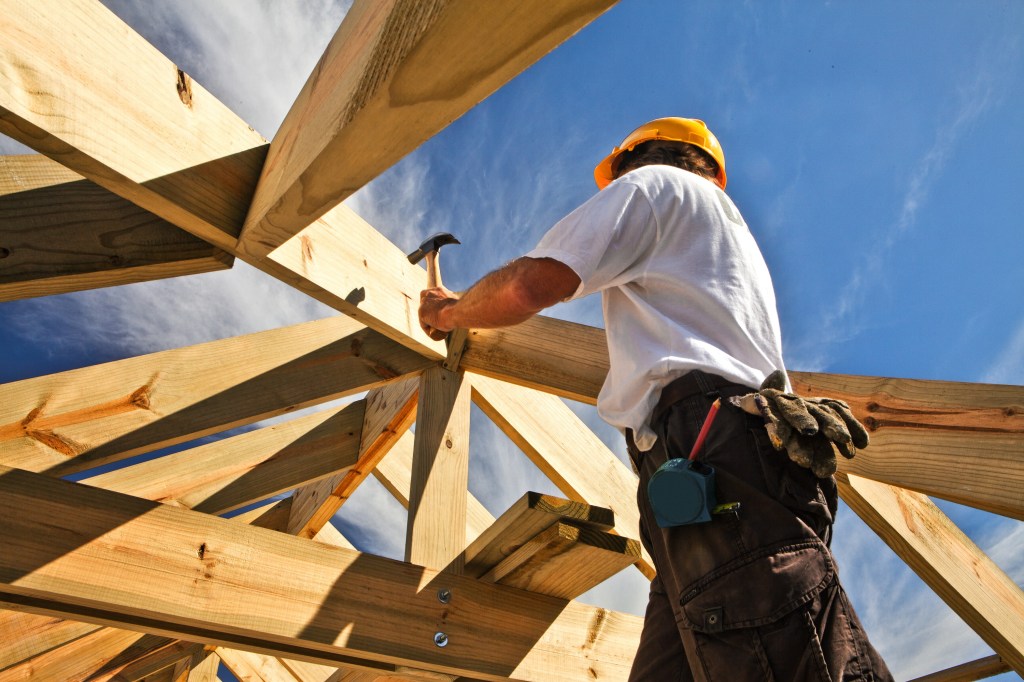Single‐family housing starts improved in March, with a posted rate of 861,000. This figure is 2.7% above the revised February rate of 838,000, according to the U.S. Census Bureau and the Department of Housing and Urban Development.
Privately owned housing starts last month were at a seasonally adjusted annual rate of 1,420,000, which is 0.8% below the revised February estimate of 1,432,000 and 17.2% below the March 2022 rate of 1,716,000. The March rate for units in buildings with five units or more was 542,000.
“The path for housing starts has been anything but a straight line up or down, and that’s because the housing market hasn’t found a steady state yet,” says Ali Wolf, chief economist at Zonda. “While housing demand is generally up across the country compared to last year, consumer interest has been fluctuating in real time on changes in mortgage rates, economic trends, and headlines. As a result, new-home builders are generally increasing starts to match the market, but there’s some lingering caution.”
Housing units authorized by building permits in March were at a seasonally adjusted annual rate of 1,413,000, which is 8.8% below the revised February rate of 1,550,000 and 24.8% below the March 2022 rate of 1,879,000. Single‐family authorizations in March were at a rate of 818,000, or 4.1% above the revised February figure of 786,000. Authorizations of units in buildings with five units or more were at a rate of 543,000.
March’s housing completions were at a seasonally adjusted annual rate of 1,542,000, which is 0.6% below the revised February estimate of 1,552,000 but 12.9% above the March 2022 rate of 1,366,000. Single‐family housing completions in March were at a rate of 1,050,000, or 2.4% above the revised February rate of 1,025,000. The March rate for units in buildings with five units or more was 484,000.
“The supply of existing homes remains constrained both because of a decade of underbuilding following the Great Financial Crisis and, more recently, the lock-in effect discouraging current homeowners from listing their homes for sale (and thus giving up their low mortgage rate),” says Doug Duncan, chief economist at Fannie Mae. “As such, in light of an extremely limited supply of existing homes for sale, many home buyers are turning to new homes. This phenomenon coincides with lower building materials costs compared to a year ago, which allows home builders to offer stronger concessions and rate buydowns while maintaining profit margins.”



